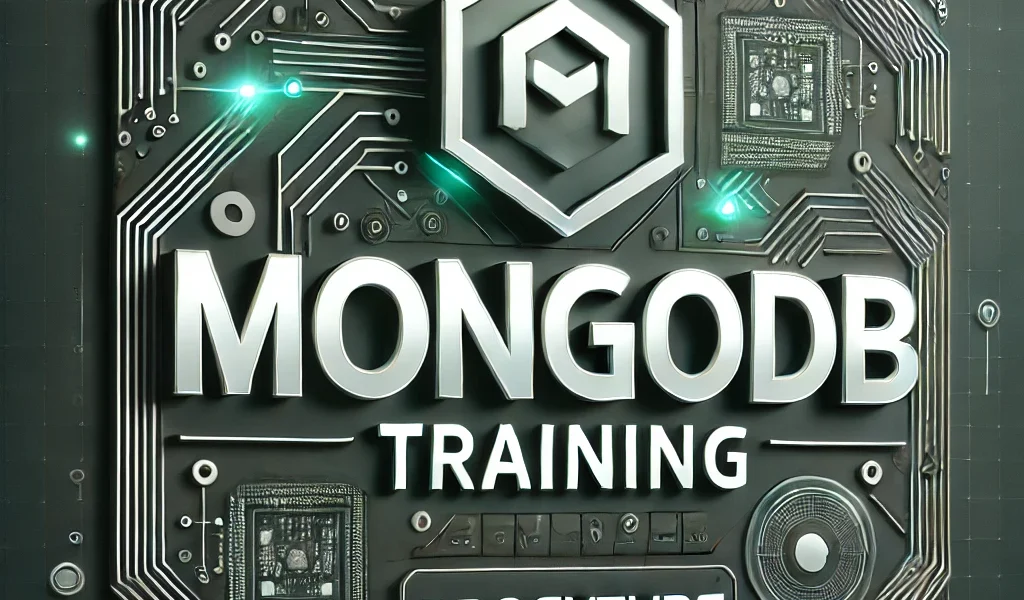Master MongoDB: The Ultimate Training Guide for Developers and Data Enthusiasts
In today’s data-driven world, developers and data enthusiasts need to be equipped with the tools and skills to manage large, complex datasets efficiently. Enter MongoDB—one of the most popular NoSQL databases used for building scalable, high-performance applications. Whether you are new to MongoDB or looking to deepen your knowledge, this guide will help you unlock its full potential.
What is MongoDB?
MongoDB is an open-source, document-oriented NoSQL database designed to handle large volumes of data with flexibility and scalability. Unlike traditional relational databases, which store data in tables, MongoDB stores data in JSON-like documents with dynamic schemas. This makes MongoDB a perfect fit for applications that require high availability, fast read/write performance, and the ability to scale horizontally.
Why Choose MongoDB?
MongoDB has become a favorite for developers for several key reasons:
- Scalability: MongoDB is designed to scale horizontally, meaning that as your data grows, you can distribute it across multiple servers to handle increased load.
- Flexibility: With its schema-less nature, MongoDB allows for rapid development and iteration of applications. It stores data as documents, allowing for fields to vary from document to document.
- Performance: It excels in handling high volumes of unstructured and semi-structured data, making it ideal for real-time applications.
- Developer Productivity: MongoDB’s ease of use, powerful querying capabilities, and rich ecosystem enable developers to quickly build and deploy applications.
MongoDB Training Overview
MongoDB training can be broken down into various levels, catering to different audiences, from beginners to advanced developers. Here’s a breakdown of the essential skills and knowledge you will gain during MongoDB training:
Introduction to MongoDB
For beginners, the first step is understanding MongoDB’s architecture and concepts. This includes:
- What is NoSQL? Understanding the differences between SQL and NoSQL databases.
- Documents and Collections: Learning how MongoDB uses documents (JSON-like structures) and collections (groups of documents).
- Basic Operations: Exploring how to perform CRUD operations (Create, Read, Update, Delete) on MongoDB using the MongoDB shell or a programming language like JavaScript, Python, or Node.js.
Data Modeling
One of the most important skills in MongoDB is effective data modeling:
- Designing the Schema: Learn how to structure your MongoDB database to optimize for performance and flexibility.
- Normalization vs. Denormalization: Understand the trade-offs between normalizing your data (splitting it into multiple collections) and denormalizing (embedding documents).
- Indexes: Learn how to create and manage indexes to speed up your queries.
Advanced Queries
Once you’re comfortable with the basics, it’s time to dive into MongoDB’s powerful query language:
- Complex Queries: Perform advanced queries like aggregation, joins (using
$lookup), and text search. - Aggregation Framework: Learn how to use MongoDB’s aggregation framework to perform data transformations, filtering, and analysis on your documents.
- Data Validation: Understand how to use MongoDB’s validation rules to ensure data integrity.
Performance Optimization
For applications that require high performance, you need to understand how to optimize MongoDB:
- Sharding: Learn about sharding, which allows MongoDB to distribute data across multiple machines for horizontal scaling.
- Replication: Understand MongoDB’s replication features, including replica sets, to ensure high availability and data redundancy.
- Profiling: Learn how to profile queries to identify slow operations and improve performance.
MongoDB Security and Backup
Security and data protection are critical in modern applications:
- Authentication & Authorization: Explore how MongoDB handles user authentication and role-based access control.
- Encryption: Learn about encryption options for protecting data at rest and in transit.
- Backup and Recovery: Understand how to back up and restore your MongoDB data to avoid data loss.
Integrating MongoDB with Modern Technologies
MongoDB is often used in combination with other technologies in modern applications:
- MongoDB and Node.js: Learn how to interact with MongoDB using Node.js to build web applications.
- MongoDB and Python: Explore using MongoDB with Python for data-driven applications.
- MongoDB Atlas: MongoDB Atlas is the fully managed cloud version of MongoDB. Learn how to deploy, scale, and manage your MongoDB databases in the cloud.
Hands-On Experience: MongoDB Labs and Exercises
The best way to learn MongoDB is by applying it to real-world projects. Many MongoDB training programs provide hands-on labs and exercises where you can:
- Build a real-time application using MongoDB.
- Design a data model for a large-scale web app.
- Perform performance tuning on a MongoDB database.
- Create a backup and recovery strategy.
MongoDB Certifications
For those who want to prove their MongoDB expertise, MongoDB offers certification exams that demonstrate your skills to potential employers. The MongoDB Certified Developer Associate exam, for example, tests your ability to build applications using MongoDB, while the MongoDB Certified DBA Associate exam focuses on the database administrator’s role.
Conclusion
MongoDB is a powerful and flexible NoSQL database that can help you build high-performance applications. Whether you are a developer, data analyst, or DBA, mastering MongoDB is a valuable skill in today’s tech landscape. Through hands-on training, you’ll gain the knowledge and confidence to leverage MongoDB in your projects and unlock its full potential.

